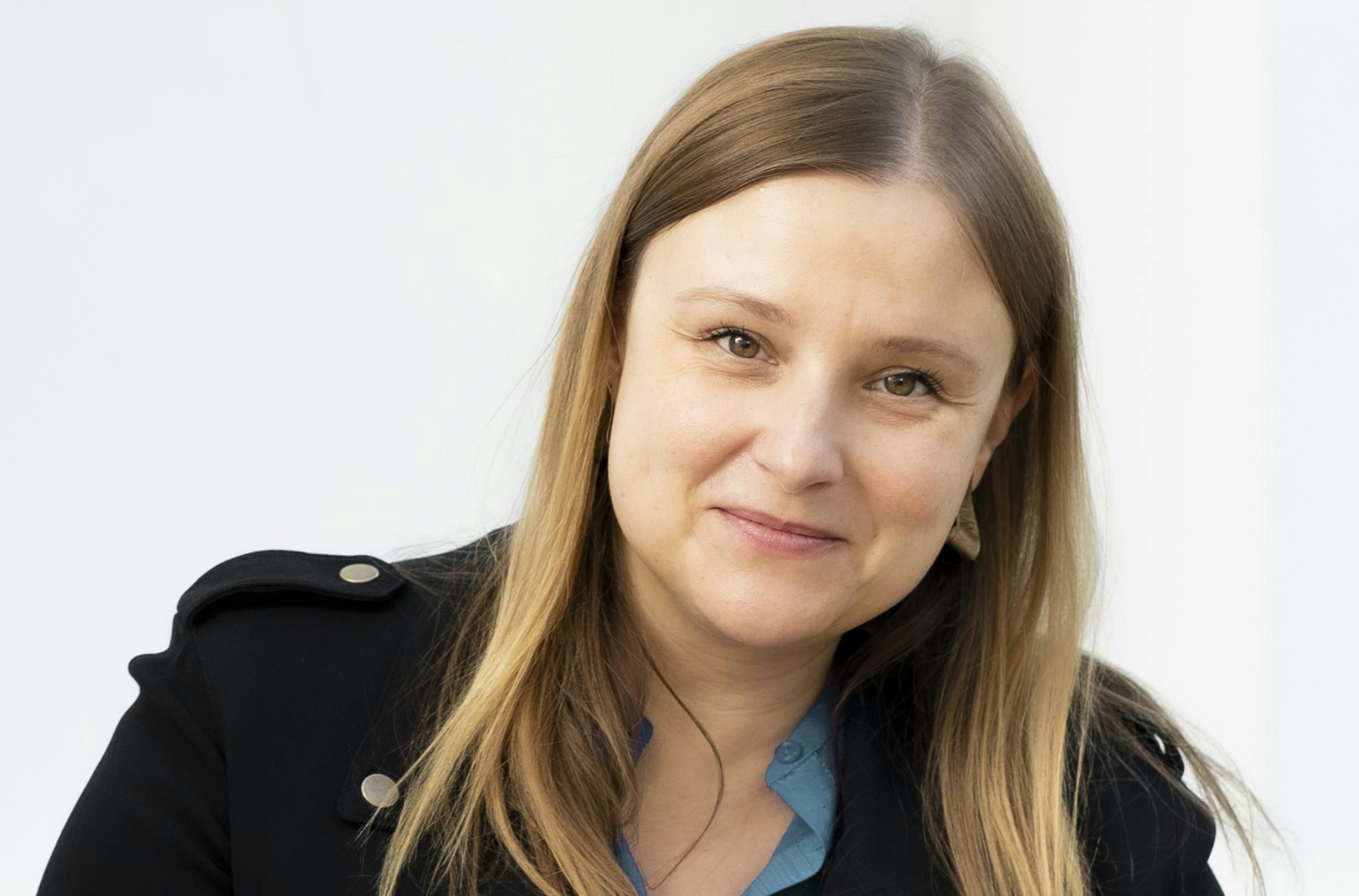In recent months, there has been rising chatter in the startup and investment worlds around the labels we attach to funding rounds. Scan your eyes over the tech press and you’ll see a Series B announcement for $25m sat right alongside another for $205m. News of one Series A at $100m comes alongside another at $5m.
This muddying of the wording waters is driven in part by the fact that funding rounds are getting bigger. According to Crunchbase, the average global Series A has tripled from $6m to $18m over the last decade. And nearly 10% of Series B deals in 2020 were "supergiant" rounds of more than $100m.
The fact that rounds are getting bigger is a sign of the European startup and scaleup ecosystem maturing. It means there’s never been a more exciting or better time to be a founder or an investor on the continent. Our terminology, however, has not caught up. And when one founder’s seed round looks like another’s Series B, it creates challenges.
So how can founders sift through the alphabet soup and identify the investor best positioned to help them?
Funding round labels came into existence for a reason. They are a signalling mechanism to match capital needs and expertise more effectively at specific stages of the market. At Sapphire, for example, we make it clear that we primarily invest in Series B through IPO-stage companies. Meaning we aren’t going to get entrepreneurs coming to us with a pre-product pitch deck. These imperfect groupings do, therefore, have value.
VCs and founders widen their approach
As a consequence of the market maturing and European innovation hitting its stride, startups are engaging with a wider variety of VCs and investors in Europe and the US.
As a result, we’re seeing more early-stage firms back later-stage companies, often through opportunity funds or special purpose vehicles (SPVs). We’re also seeing later-stage firms stretch to the earlier stages and deploy small investments, which represent a tiny fraction of their fund.
The ecosystem at large needs to reframe how it approaches fundraising
The broadening of the alphabet brackets has brought with it a broadening of opportunities for founders. It means founders need to start placing more emphasis on company-investor fit and the ecosystem at large needs to reframe how it approaches fundraising; evolving the current system into one where both investors and founders are much clearer around how they would partner together.
Founders need to look at what else a VC can offer
At different stages of a company’s journey, the operational assistance VCs can bring looks very different. So one way to cut through the ambiguity of different funding round labels is to simply look for the VC that can help founders get where they want to get with their next tranche of investment.
Does the VC have experience in helping hire technical talent? Do they have roots in the international markets you’re planning to expand to? Do they have the right network to support with strategic hires or building a diverse board? Does the VC have experience in supporting companies through to IPO? These are the kinds of details founders should be speaking with potential investors about.
They should also reach out to their portfolio companies to understand what it’s like to partner with them. Right now, founders should take every advantage to diligence potential investors, understand how they’ve helped accelerate other businesses and see if their resources match what you are looking for.
VCs being transparent about what size cheques they are able to write
This "beyond the cheque" mentality should also encourage VC firms to better articulate their expertise and outline the benefits they can bring to portfolio companies. More investors are starting to formalise what this added value looks like and the scale of these offerings will likely expand in 2022.
VCs can help through greater transparency
As funding round labels loosen their parameters, specific investment criteria also take on greater importance. VCs being transparent about what size cheques they are able to write, especially around what is their core “sweet spot” and what would be an exception, is very important so that founders can narrow down who to open conversations with.
Certain VC firms are leading the way in this regard. Ada Ventures — a trailblazer in many respects — states clearly on its homepage that it will write first cheques for between £250k-£500k. Highland Europe clarifies that it’s looking to back companies with €5m+ ARR or revenue and who are seeking to raise €10–75m. And at Sapphire, we are clear about the capital we’re able to deploy — we typically invest $10m-60m, with flexibility to invest less or up to $100m — and the level of annualised revenue we expect investment prospects to be turning over ($5m+), helping us communicate which founders we are best positioned to help.
When acknowledging the reality that demarcates funding round labels are loosening, we must also acknowledge the need to evolve our approach and put new emphasis on transparent conversations between startups and investors.
By focusing less on the funding round nomenclature and instead empowering startups to find the right VC for them, we can give the European startup ecosystem the clarity it needs to continue its incredible trajectory of growth.


